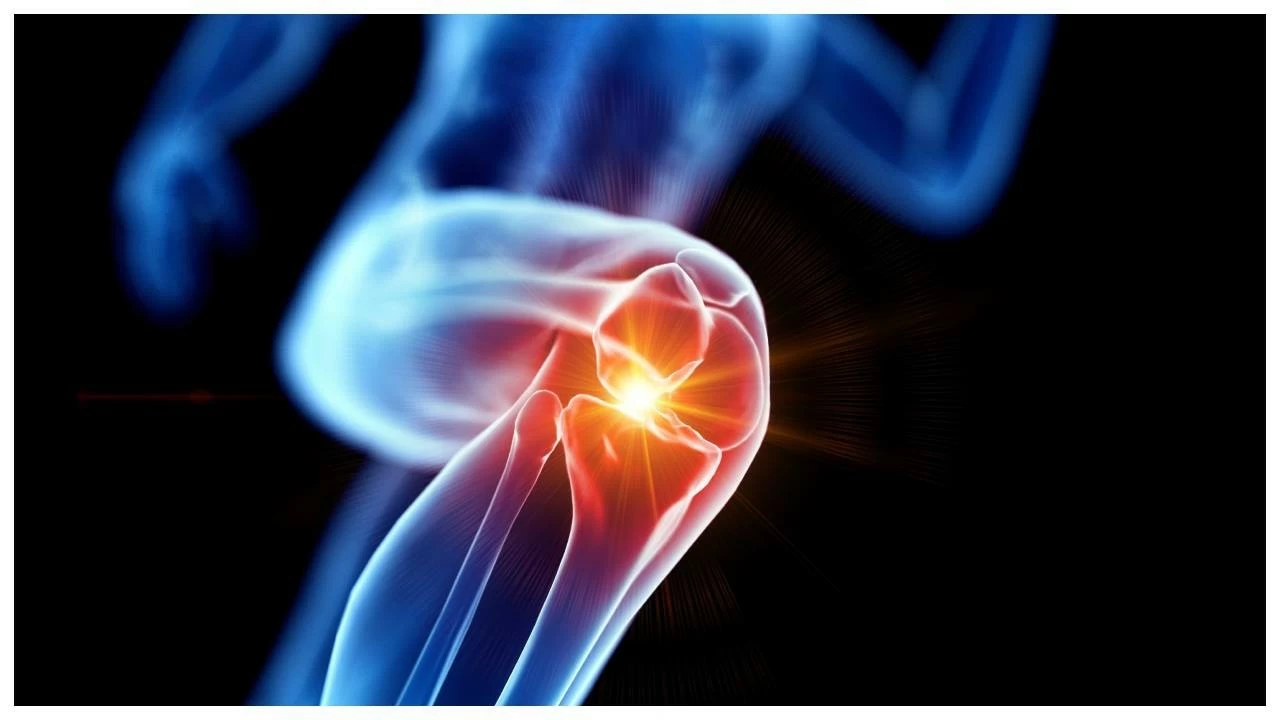

By signing in or creating an account, you agree with Associated Broadcasting Company's Terms & Conditions and Privacy Policy.


By signing in or creating an account, you agree with Associated Broadcasting Company's Terms & Conditions and Privacy Policy.

New Delhi: General impressions of Arthritis stiffness and joint pain. Nevertheless, experience is to teach most of us that Excessive movements or an abnormal feeling of "looseness" in the knees are also an initial Sign of joint irregularities, referring to arthritis. Although flexibility in general is a good indicator of movement, over-than-normal movements of knee flexibility, particularly the ones that are accompanied by pain, may lead to the causes of instability with internal dearrangement of joints (IDK).
In an interaction with TV9 English, Dr. Manoj Sharma, Orthopedic, Saifee Hospital, spoke about excessive flexibility in the knees and whether or not that is indicative of arthritis.
The knee is the most complex Joint in the body and is composed of bones, cartilage, ligaments, and synovial fluid, a combination of which provides integrated movements. Once this balance is lost in any of the above cases, as with arthritis, the joint may be made unstable. Rather than stiffness, you may also have a strange feeling of looseness or a feeling of giving way in your knees. This is because arthritis, particularly osteoarthritis, causes progressive degradation of the cartilage, which cushions the bones. Consequently, the stability is lost and replaced by the ligaments and other tissues, and in some cases, giving an illusion of additional flexibility or weakness.
In other instances, the knee can also have rheumatoid arthritis or inflammatory arthritis, which causes inflammation of the joint lining (synovium). This may overstretch and weaken the structures around it that resulting in the knee appearing abnormally flexible or unstable. With time, this instability can develop into pain, swelling, and a range of movement.
Ligament laxity ( EHLERS DANLOS SYNDROME ) is another cause of the abnormal knee flexion in people that can be a precursor or an accompaniment of arthritis. The greater the repetitive stress on the ligaments binding the knee together, injuries, or genetic makeup, the more wear and tear the joint produces. This stress triggers cartilage degeneration, which in the long run causes osteoarthritis.
The usual symptoms that indicate that your flexed knee joints are associated with arthritis are:
There are red flags indicative of these symptoms, and one should not ignore them. Early medical examination may assist in the identification of the benignity of the flexibility or degeneration of the joints. The assessment of the cartilages and ligament health may require X-rays or MRI scans of the orthopaedic evaluation. Inflammatory forms of arthritis can also be ruled out with the help of blood tests.
The intervention aims at strengthening muscles surrounding the knee, enhancing stability, and decreasing inflammation, eg, Swimming, Yoga exercises, and increasing the functional endurance. Physiotherapy Exercises are also important because specific exercises may be used to regain balance and avoid further harm to the joint. In other instances, weight control, supporting braces, or anti-inflammatory drugs can be prescribed.
To conclude, although the flexibility of the knees may be thought to be an advantage, excess trouble or instability may at times be an inconspicuous indicator of early arthritis. Exercising, keeping your body fit through exercises, and consulting a doctor at the right time can be the difference between a good life and a diseased one in the future, with regard to the state of your knee.








